PUBH6007: Program Logic & Plan for Overweight/Obesity Adults
VerifiedAdded on 2023/06/09
|17
|2401
|97
Presentation
AI Summary
This assignment presents a comprehensive program design for the management of overweight and obesity in adults, structured around a prioritized need. It includes a program logic diagram detailing resources, activities, outputs, and short-term, intermediate, and long-term impacts. The program plan outlines the overarching goal of reducing cardiovascular risk factors, specific objectives related to weight loss and health improvement, strategies for achieving these objectives, and process indicators to monitor progress. Data collection methods for these indicators are described, alongside an evaluation plan encompassing both impact and outcome assessments. Ethical considerations, potential risks, and management strategies are addressed, as well as resource requirements and a project budget. The assignment also lists relevant references to support the program design and evaluation process. Desklib offers a wealth of similar solved assignments and past papers to aid students in their studies.
1 out of 17
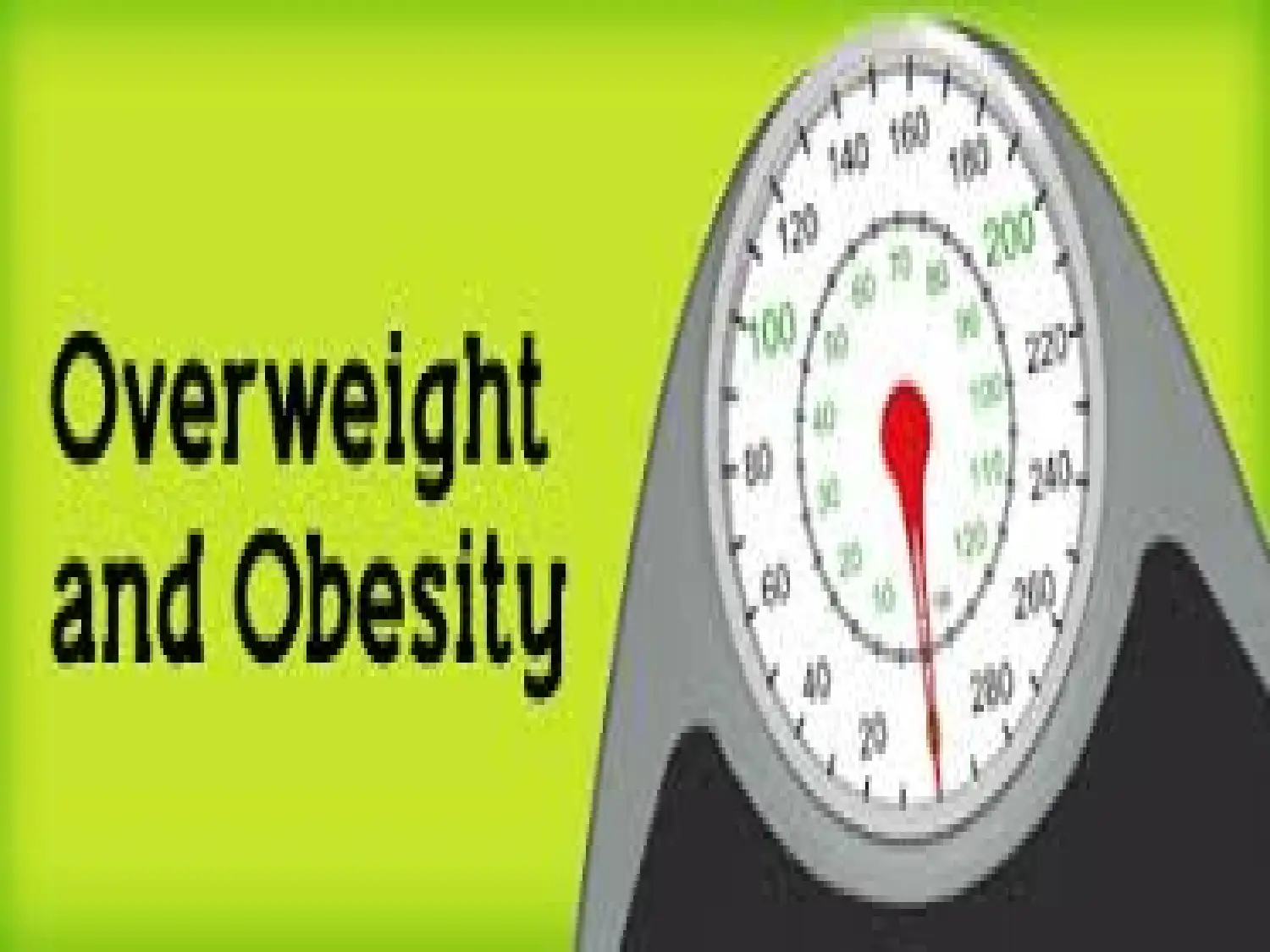
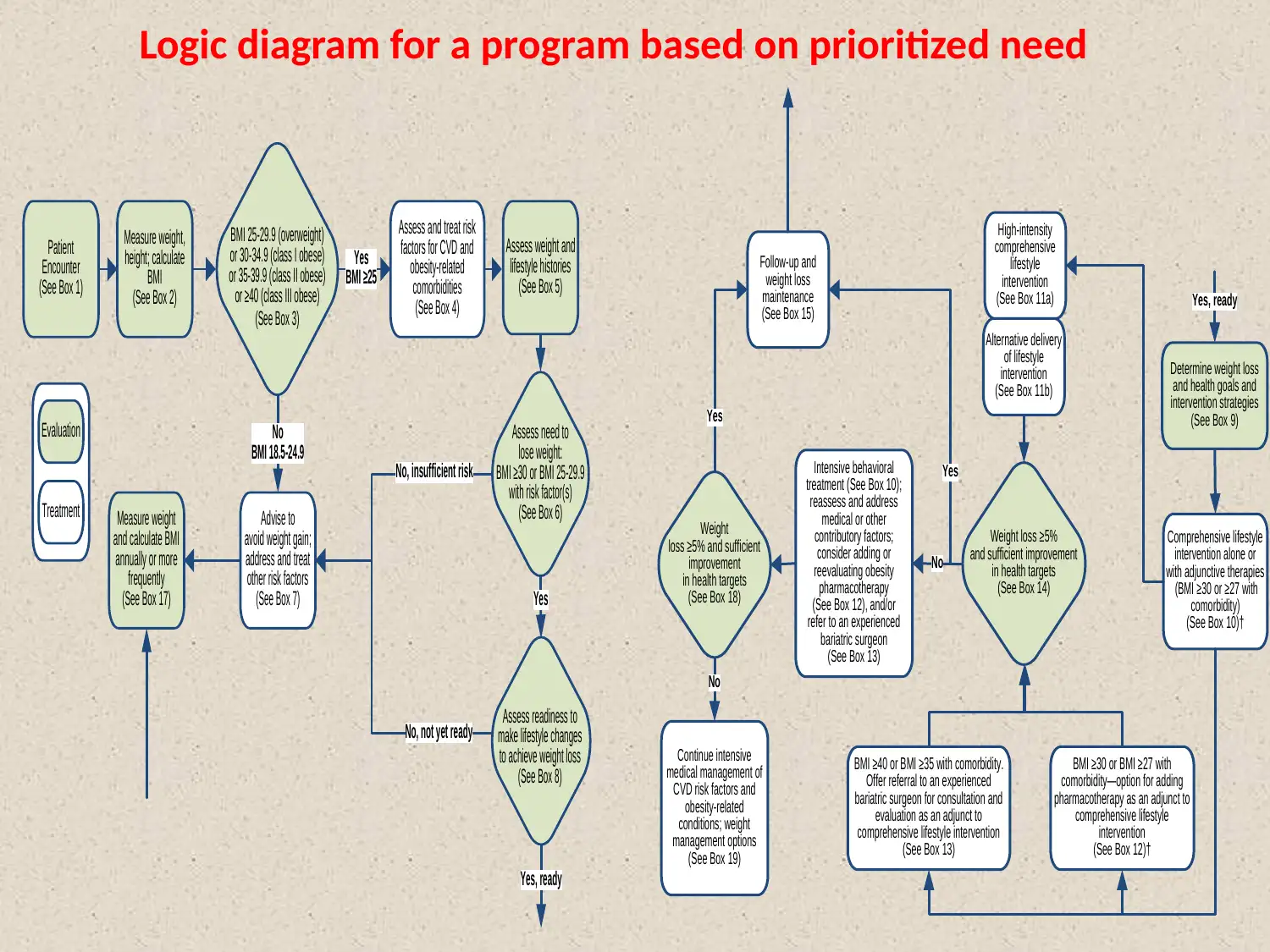
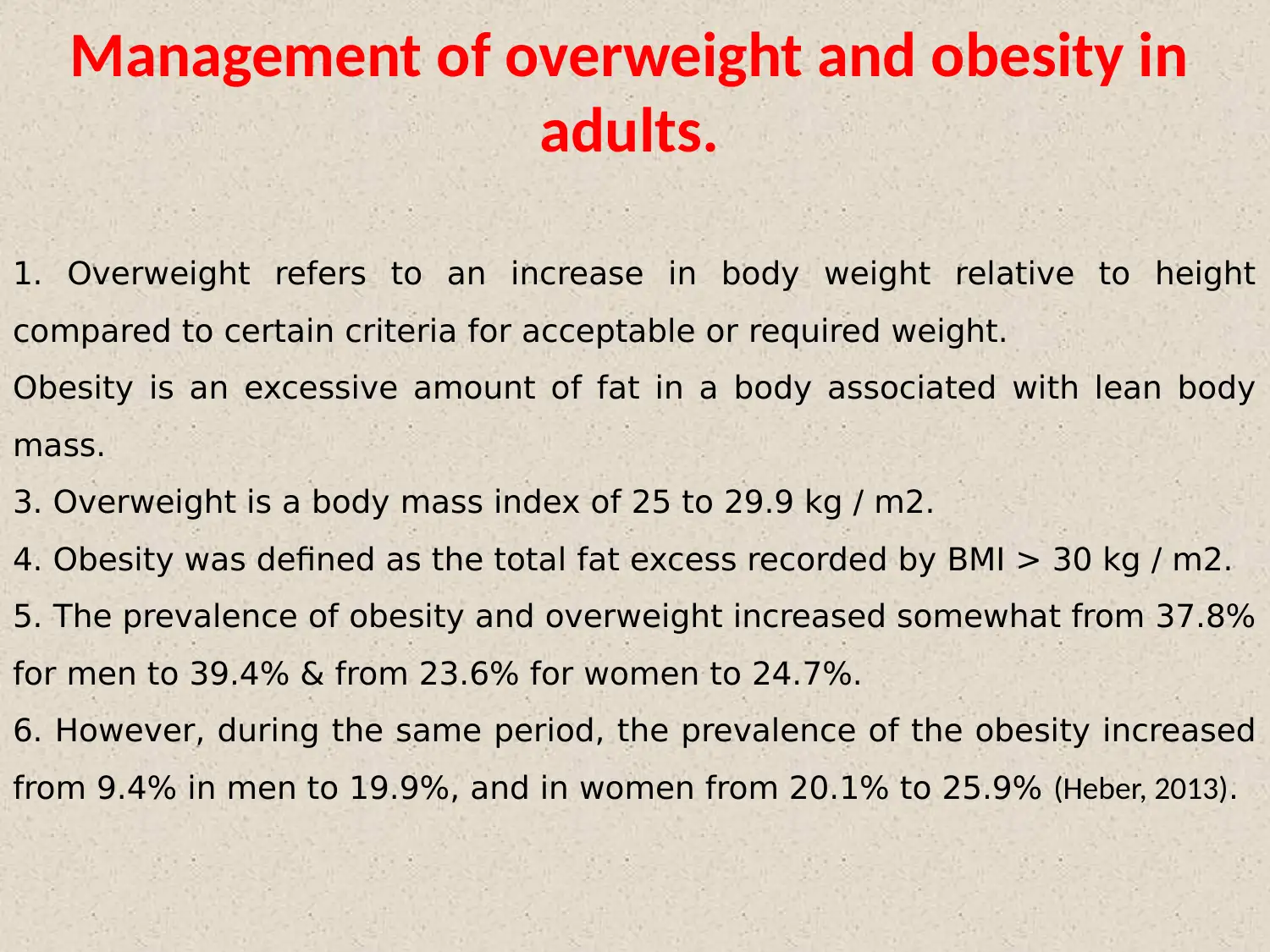

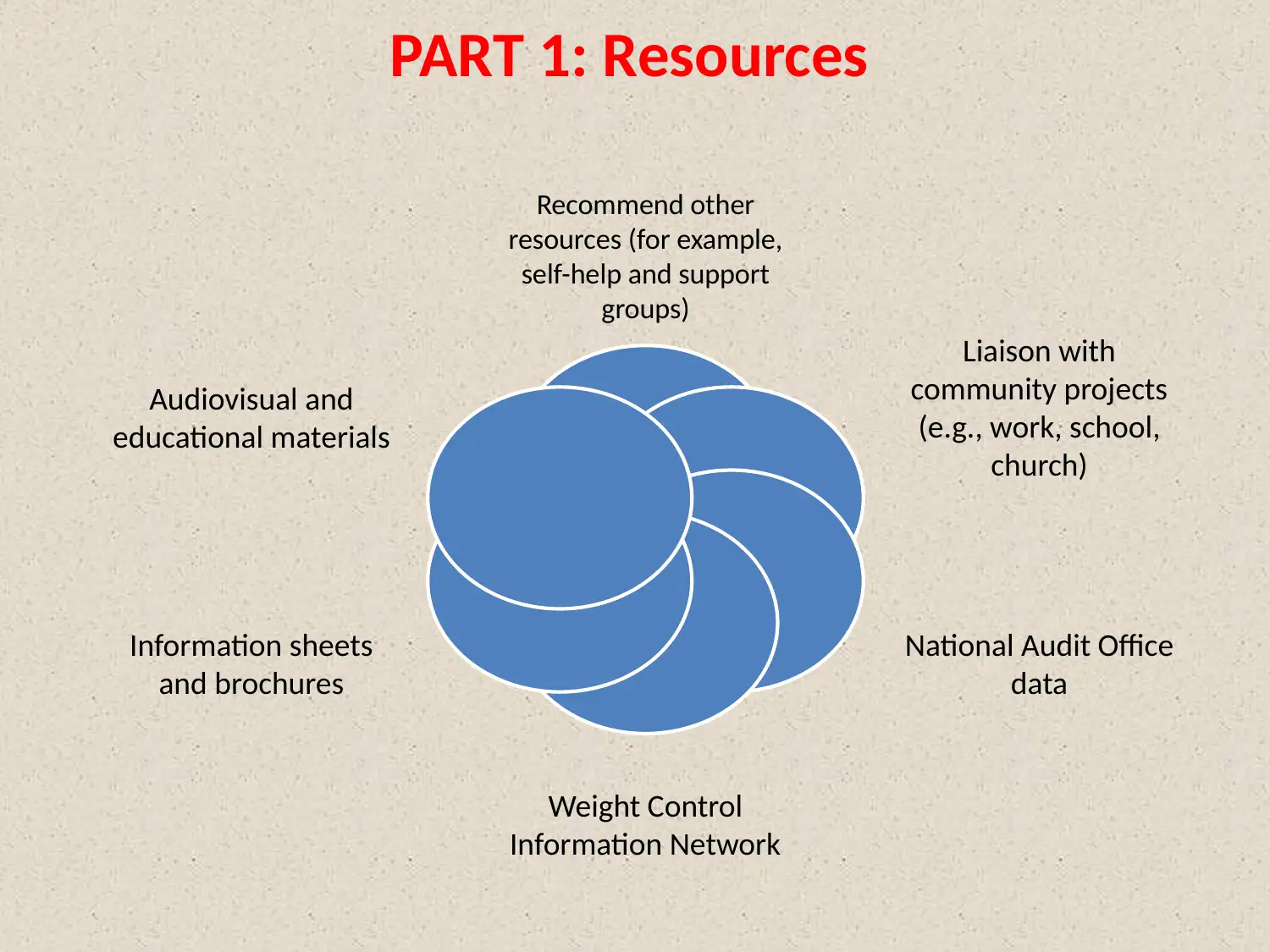
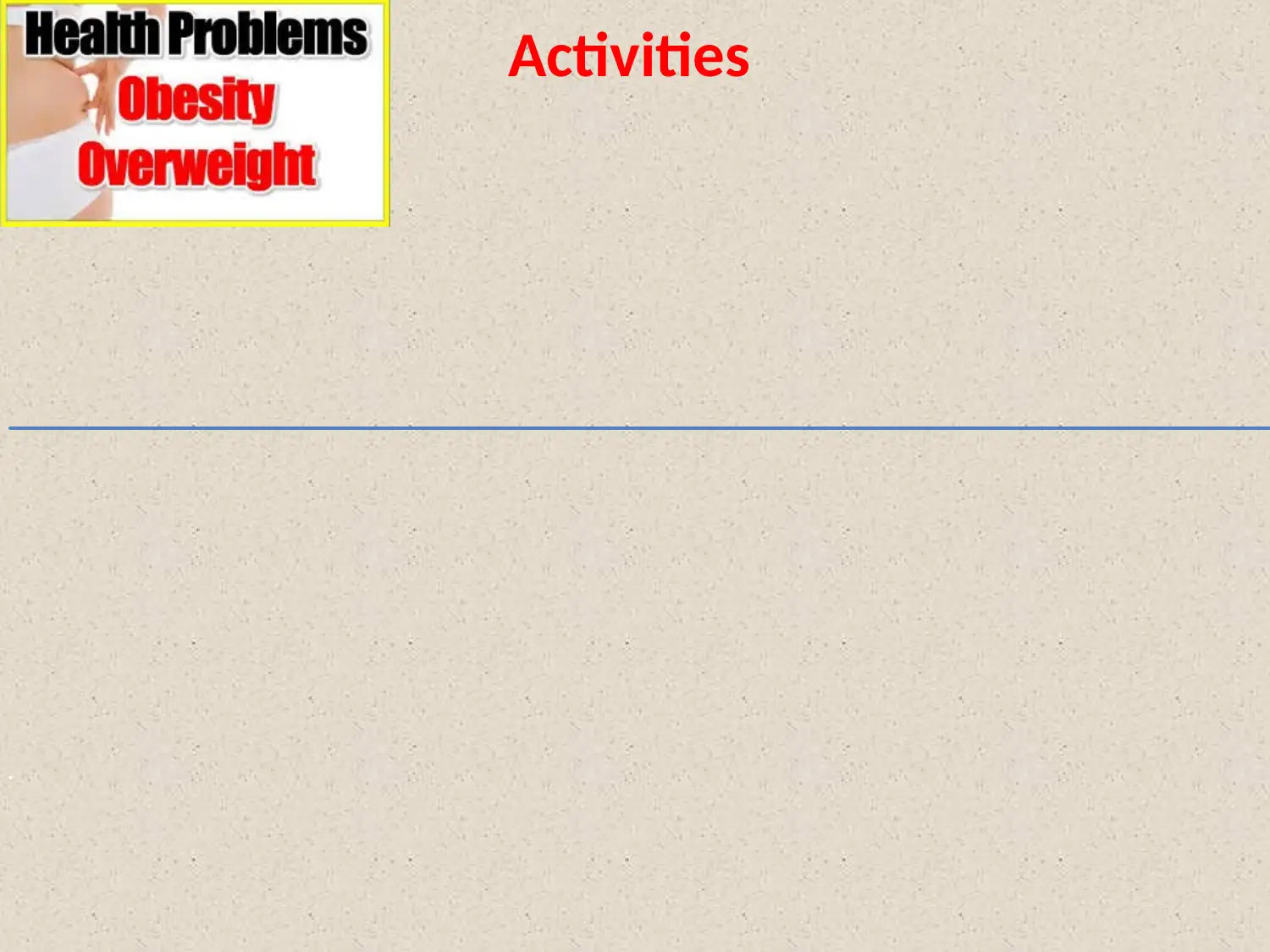
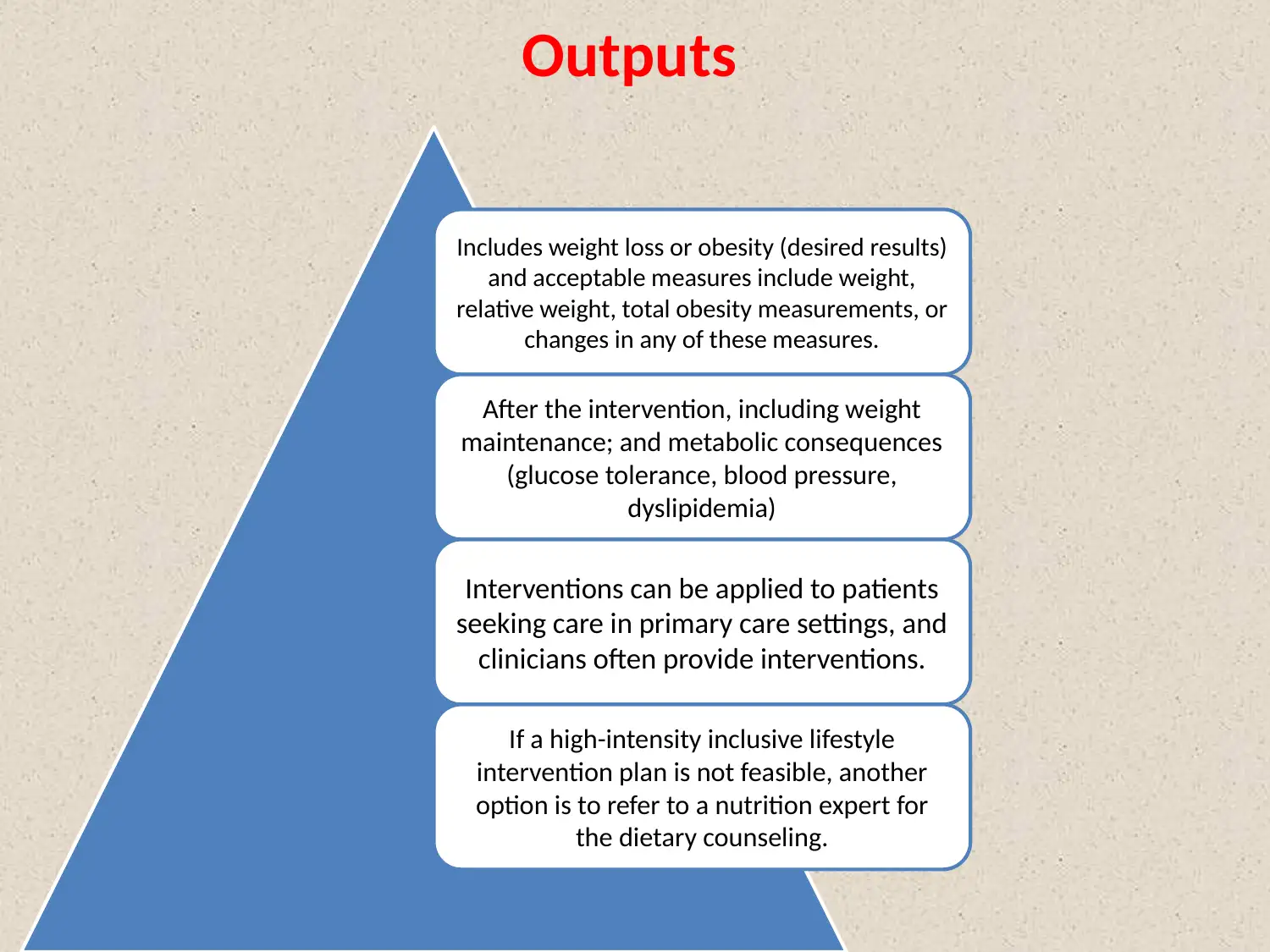
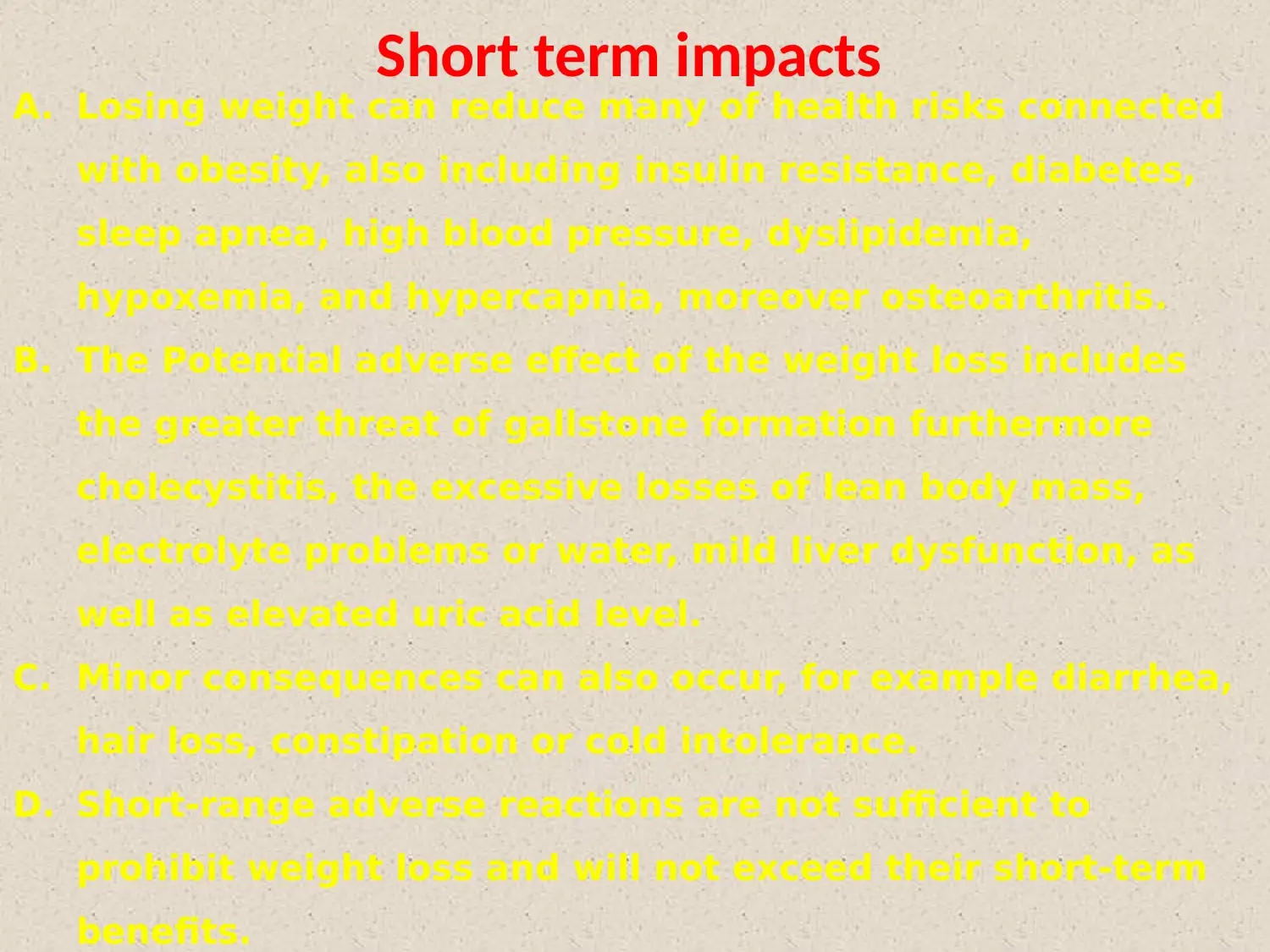
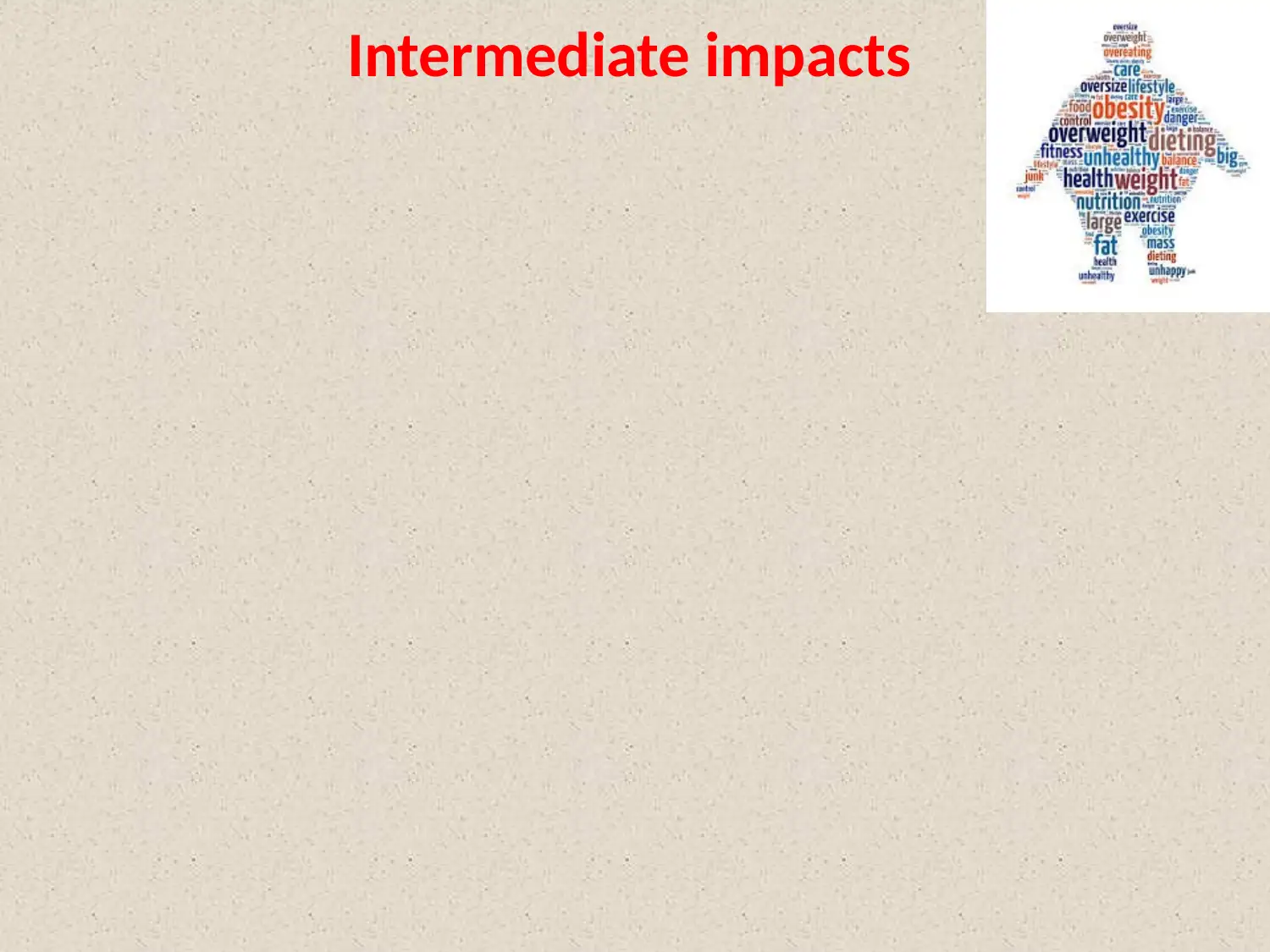
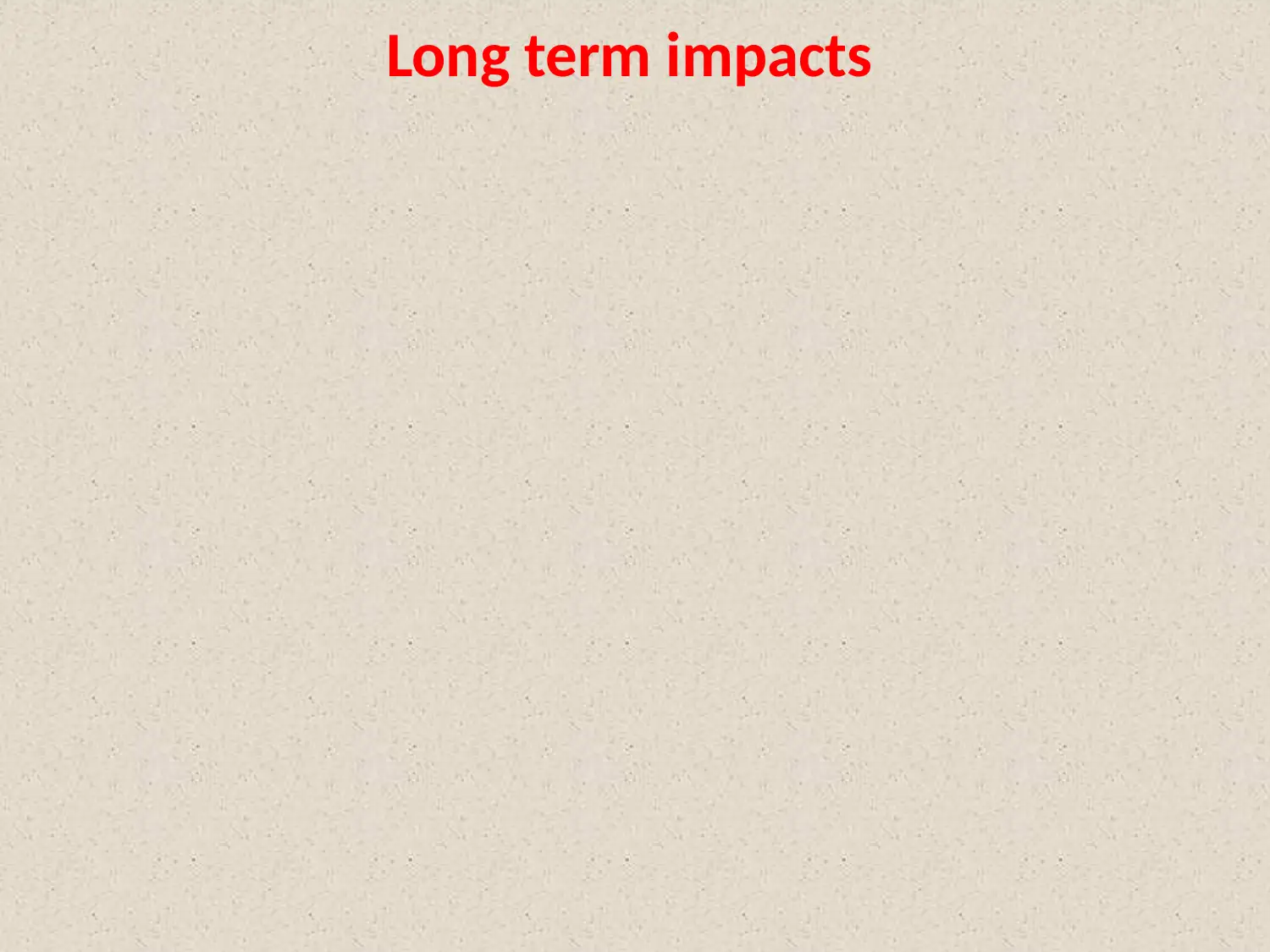
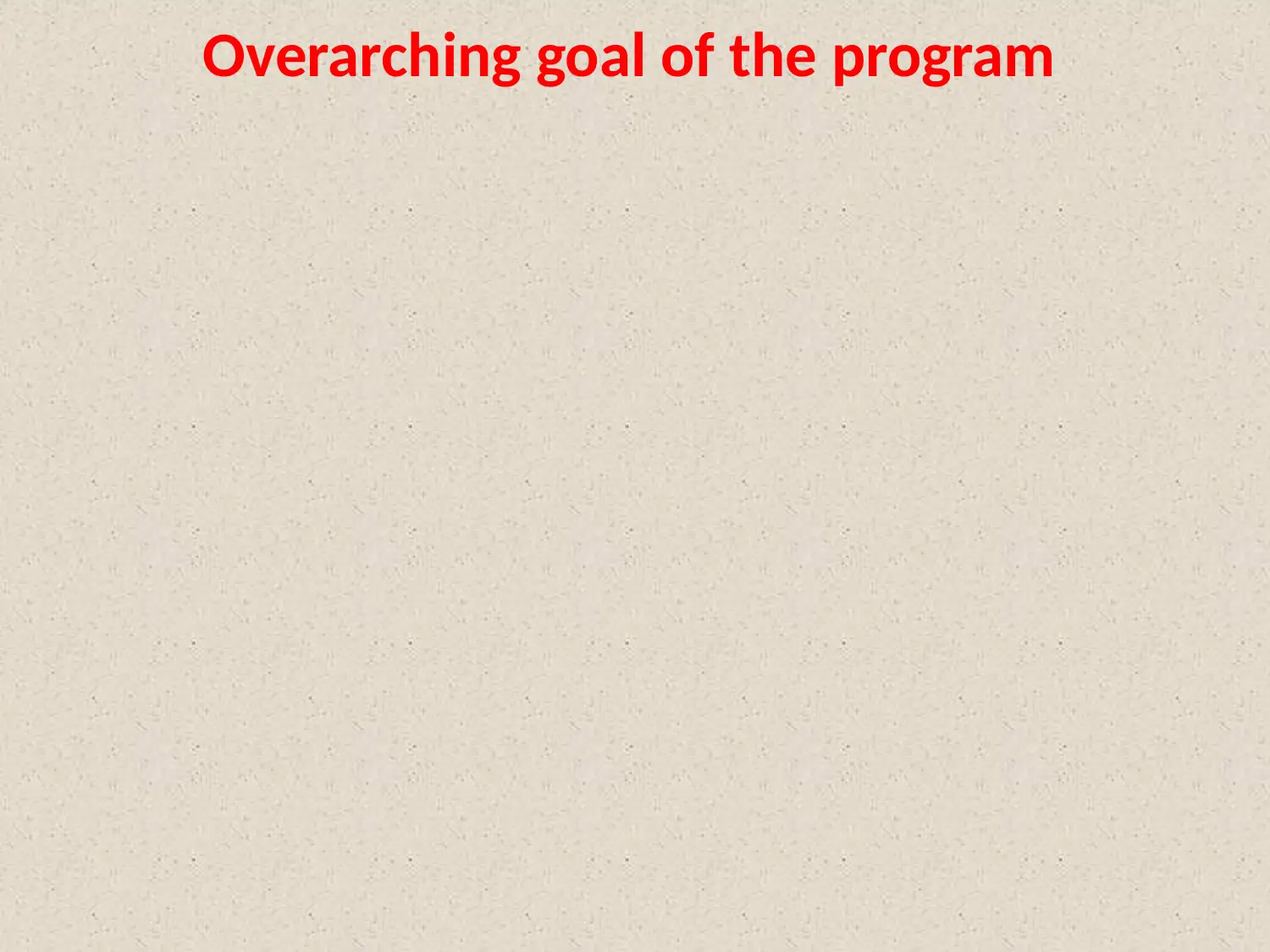
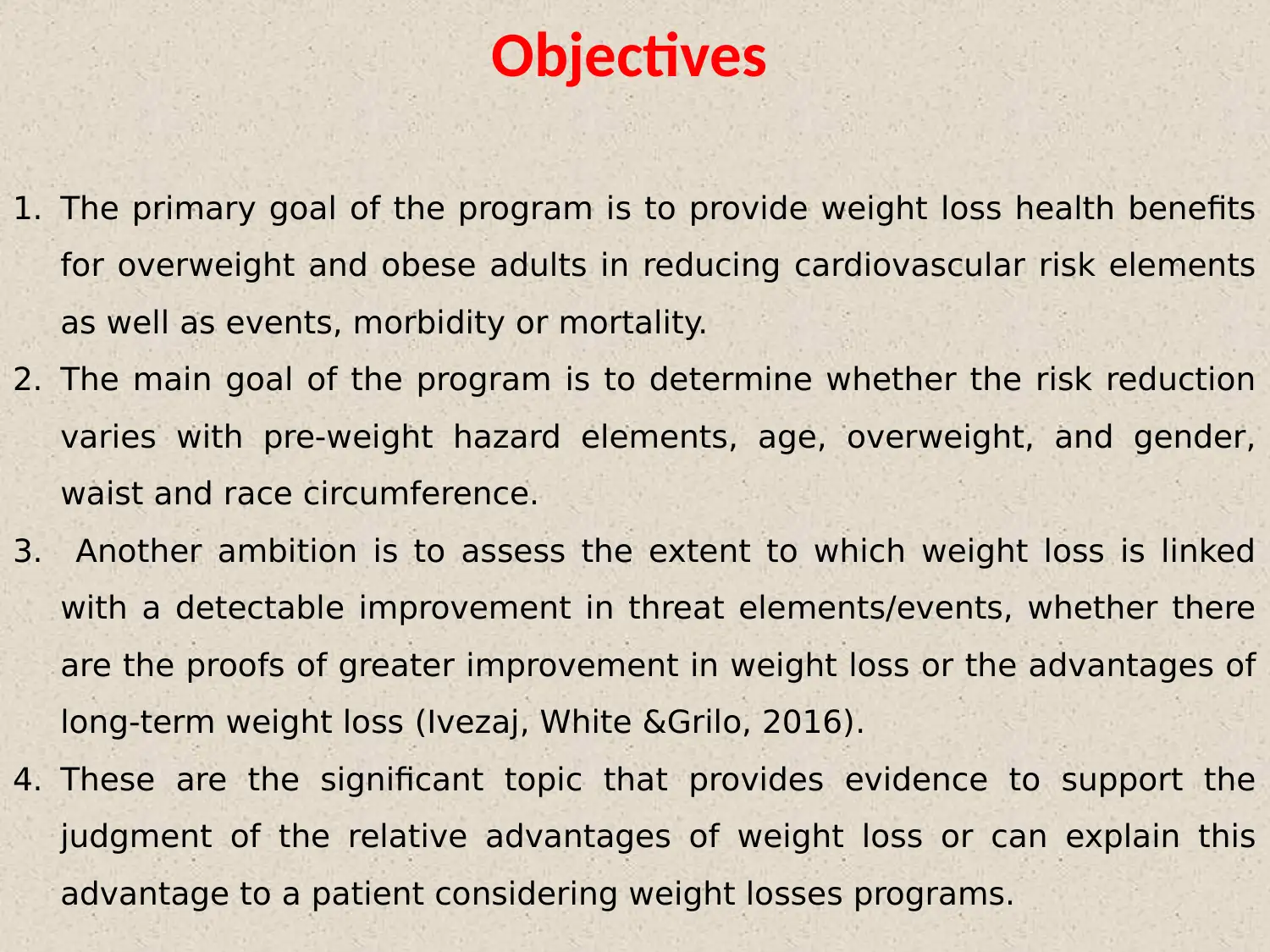
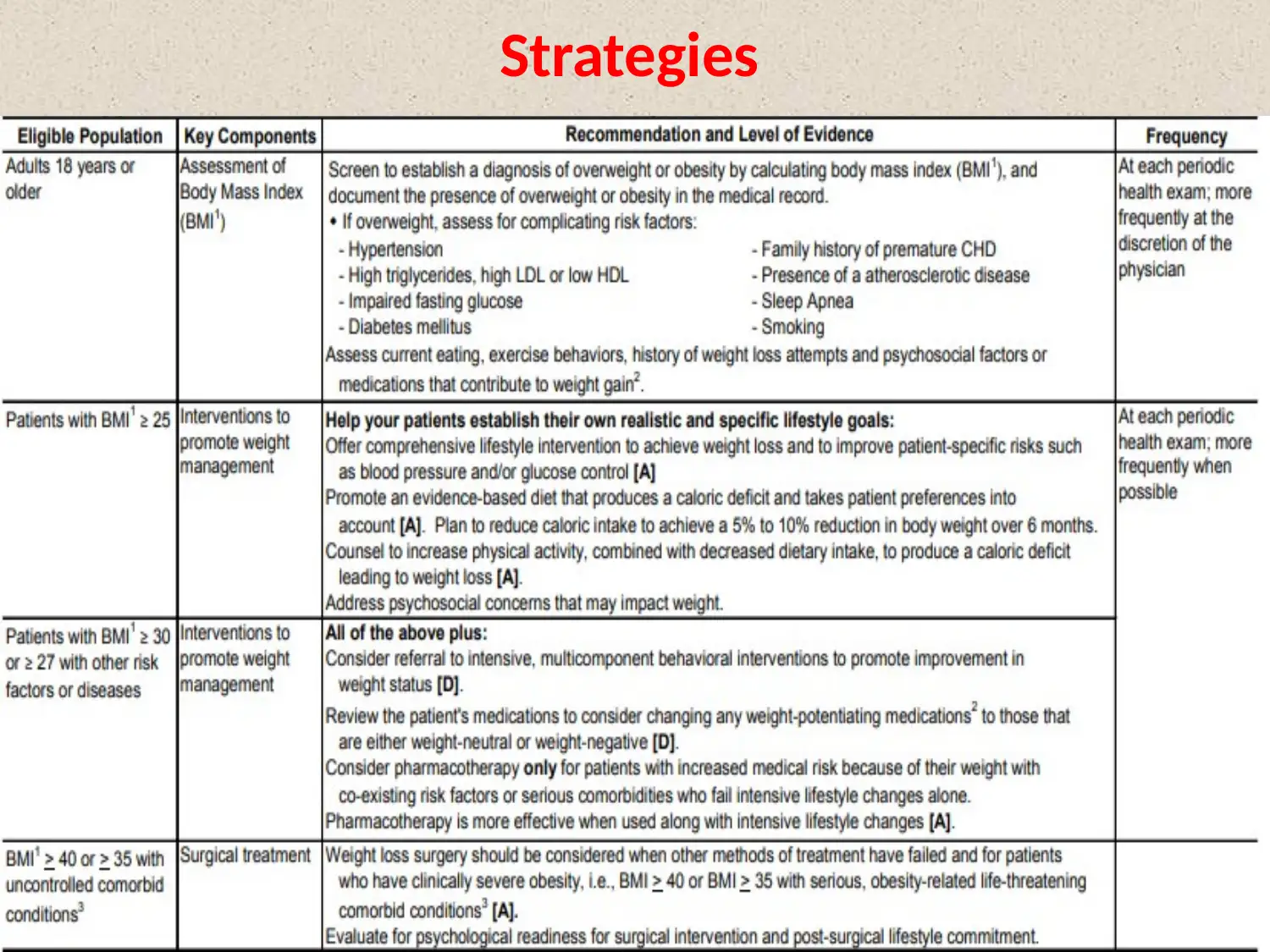
![[object Object]](/_next/static/media/star-bottom.7253800d.svg)